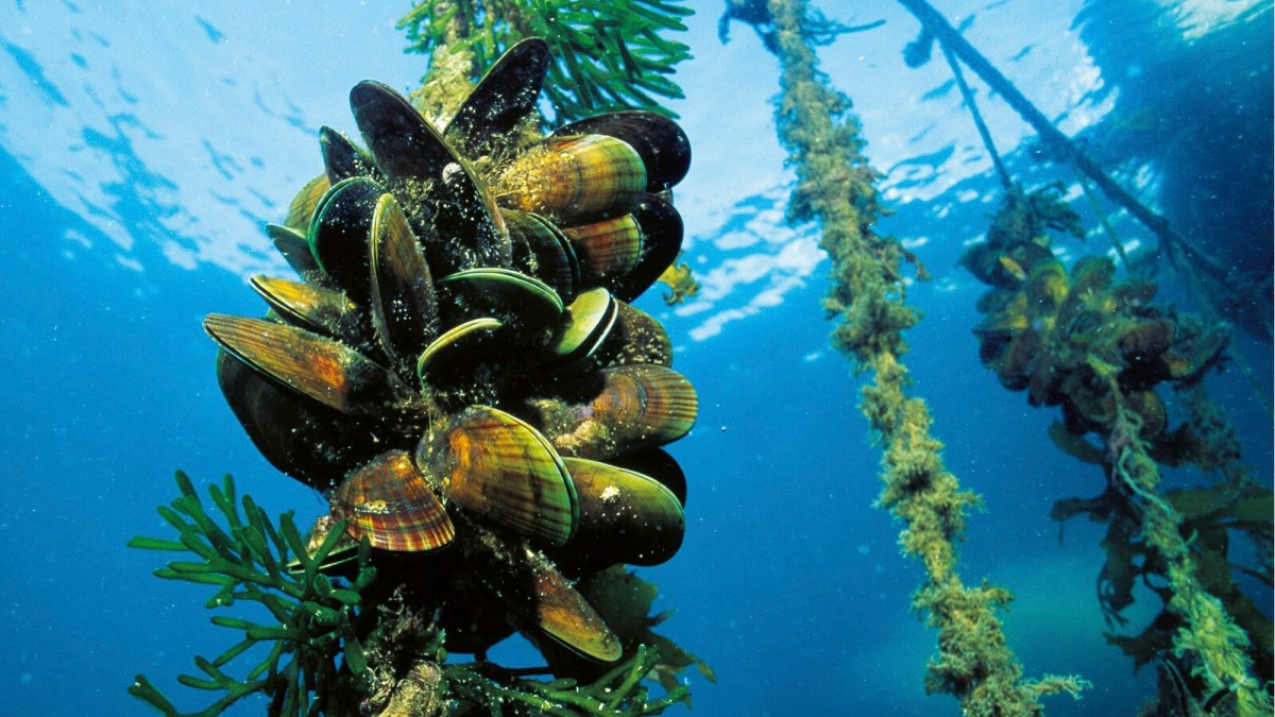• According to NOAA, the selected areas are just the beginning of unlocking the vast potential for aquaculture in the national waters
• Seaweed, shellfish and finfish are some of the possibilities that are opening up
• “The US leads the world in aquaculture science and technology, yet we rank 20th globally in marine aquaculture production,” said Eugenio Piñeiro Soler
The National Oceanic and Atmospheric Administration (NOAA) of the United States (US) has identified 13 Aquaculture Opportunity Areas totaling more than 21,000 acres in federal waters of the Gulf of America and off the coast of Southern California. They assured that these areas will strengthen the nation’s seafood industry, reduce reliance on foreign imports, and create high-quality American jobs.
Today’s release of two final programmatic environmental impact statements for the Gulf of America and Southern California identifies prime locations that may be suitable for developing multiple commercial aquaculture projects, fulfilling President Trump’s 2020 Executive objective “promoting American seafood competitiveness and economic growth” and supporting the 2025 Executive Order ‘Restoring American seafood competitiveness”. The national government asserts that these orders promote a robust, US-centered fishing industry that prioritizes American workers and consumers.
Documents Released
The National Oceanic and Atmospheric Administration, an organism of the US Department of Commerce, reported that the final documents released a few days ago are grounded in 19 scientific support products and incorporate robust public input, building on draft documents released last year. These efforts reflect NOAA’s commitment to transparency and American-driven decision-making, they said.
In Southern California, NOAA experts identified 10 prime locations for potential aquaculture development -eight in the Santa Barbara Channel and two in Santa Monica Bay- ranging from 500 to 2,000 acres, totaling 16,500 acres. NOAA found these areas may be suitable for seaweed, shellfish and finfish aquaculture.
On the other hand, in the Gulf of America, three locations off the coast of Texas were identified, each ranging in size from 500 to 2,000 acres, totaling 4,500 acres. NOAA found these areas may be suitable for seaweed, shellfish and finfish aquaculture. NOAA is also investing in baseline environmental surveys in the Gulf to provide valuable data to prospective farm applicants.
The Aquaculture Opportunity Areas will be finalized with two decision documents following this announcement. According to NOAA, the selected areas are just the beginning of unlocking the vast potential for aquaculture in US waters, paving the way for more jobs, thriving coastal economies and an increased abundance of high-quality American-raised seafood on Americans’ plates.
USD 15 Billion in Seafood Farmed and Imported each Year
Each year, Americans eat roughly USD 15 billion in seafood farmed and imported from foreign countries, where labor and environmental standards often fall short of America’s rigorous standards. By expanding domestic aquaculture to complement wild-harvest fisheries, NOAA is driving an America-first approach that creates jobs, supports coastal communities and ensures high-quality, homegrown seafood for American families.
“The US leads the world in aquaculture science and technology, yet we rank 20th globally in marine aquaculture production,” said Eugenio Piñeiro Soler, acting assistant secretary of Commerce for Oceans and Atmosphere and NOAA Fisheries assistant administrator. “By growing our domestic aquaculture industry, we will strengthen American health, create good-paying jobs and drive sustainable, long-term economic growth for our nation,” he adds.
The Mission
From daily weather forecasts, severe storm warnings, and climate monitoring to fisheries management, coastal restoration and supporting marine commerce, NOAA’s products and services support economic vitality and affect more than one-third of America’s gross domestic product. NOAA’s scientists use cutting-edge research and high-tech instrumentation to provide citizens, planners, emergency managers and other decision makers with reliable information they need, when they need it.
NOAA’s mission is to understand and predict changes in climate, weather, ocean, and coasts, to share that knowledge and information with others, and to conserve and manage coastal and marine ecosystems and resources, they say.








